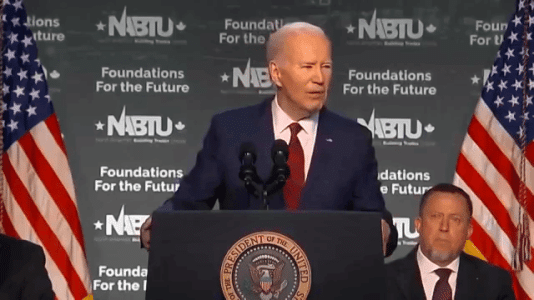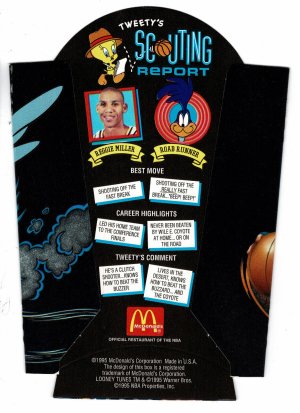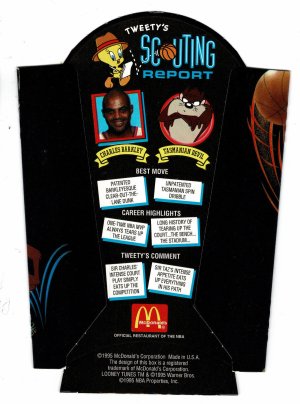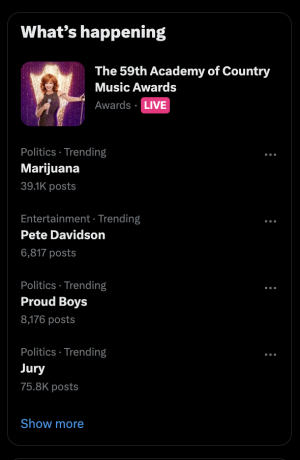- 4,122
- 640
- Joined
- May 19, 2005
for all you students with student loans
http://www.testosteronepit.com/home/2013/2/5/college-graduates-are-the-new-debt-slaves.html
http://www.testosteronepit.com/home/2013/2/5/college-graduates-are-the-new-debt-slaves.html
College Graduates Are The New Debt Slaves
Tuesday, February 5, 2013 at 10:17PM
Contributed by Chriss Street. Specialist in corporate reorganizations and turnarounds, former Chairman of two NYSE listed companies. His latest book, The Third Way, describes how to achieve management excellence and financial reward by moving organizations from Conflict and Confrontation to Leadership and Cooperation. He lives in Newport Beach, CA.
With the average cost of attending college in America at $120,000, a family of four should expect their children’s college to cost more than a home. Yet, optimism about the value of education provided justification for students to borrow $42 billion from the US this year. And many of them will end up as student-loan debt slaves.
With the estimated cost of attending a four year state college in America at $120,000, the average family of four should expect their children’s college to cost more than buying a home. Even though only 24% of Americans believe college is affordable, 97% still believe getting a college degree is financially important to improve your life. This optimism regarding the value of education has provided the justification for 60% of the 20 million students in college last year to borrow $42 billion from the United States government this year to stay in school. But with the reward for a college degree falling and default rates sky-rocketing, many students and their parents will end up as the student loan debt slaves.
College tuitions since 1986 have risen by a breath taking 498%, compared to 115% for general price inflation. The main driver for this hyper-inflation was the dramatic expansion of the Federal Stafford Loans since 1992, following Congress’ elimination of requirement that government-backed student loans be subject to parental income restrictions. The most enticing aspect of these sub-prime loans is that repayment is deferred while a student is enrolled as at least a half-time student, then are subject to a grace period for six months after the student leaves school either by graduating, dropping below half-time enrollment, or withdraws. The sudden access to billions of dollars in “free money” allowed highly unionized colleges to dramatically increase tuition rates without fear of driving away financially strapped under-graduates.
For students graduating this year with a four year degree, college sounded like a good financial investment when they first enrolled in 2008. At that time, the median annual earnings of young adults with bachelor's degrees was $46,000, versus only $30,000 for those with high school diplomas or equivalencies. This means that on average, the bachelor's degree salary beat a high school diploma by 53%. But average salary means that half of graduates make more than $46,000 and half make less. Eliminate engineering, economics and accounting degrees, the starting salary drops below $42,000. Graduate with an education, sociology or creative arts degree and the starting salary drops below to $36,000.
In 1970, when the overall unemployment rate was 4.9 percent, unemployment among college graduates was negligible, at 1.2 percent. The Bureau of Labor Statistics reports that with the current national unemployment rate of 7.9%, unemployment for college graduates is substantially better at 3.7%. But many college graduates over the Great Recession have been forced to “trade down” to take $9 an hour starting jobs at Wal-Mart, FedEx and Starbucks.
Student loans just passed the $1 trillion dollar mark and continue to be the fastest growing consumer debt in the United States. The total percentage of Americans with 1 or more student loans has increased from 12.1% to 19% over the last seven years. Average student loan debt was $17,233 in 2005, but the level has swelled by 58% to $27,253 in 2012. In contrast, outstanding consumer credit cards and car loans balances in the U.S. actually shrank during the same period.
Lending to people who did not have to qualify to borrow and will not begin paying money back until after they have consumed the product, has created a colossal new sub-prime lending crisis. Over the last two years, the default rate on student loans, according to the New York Federal Reserve’s quarterly credit report, rose from 8.5% in 2011, to 11% by September 2012. The U.S. Department of Education reports the current default rate is 13.4% and estimates that 40% of student debt required to be in repayment status is not performing according to the original loan terms.
A generation of Americans has gone deep into debt for their education. Some will pay-off their loans, but many will default or seek loan modifications. Those defaulting on a student loans will face dire consequences, beyond a bad credit record -- which can tarnish hopes of getting a car, an apartment or even a job. Under law, the U.S. government can attach their wages, tax refunds and even inheritance. Unlike other consumer borrowers with onerous debt, student loans are specifically ineligible for compromise or rejection under the United States Bankruptcy Code. Going to college may still be the best time of a person’s life, but millions of students and their families are doomed to a life as student loan debt slaves.
Tuesday, February 5, 2013 at 10:17PM
Contributed by Chriss Street. Specialist in corporate reorganizations and turnarounds, former Chairman of two NYSE listed companies. His latest book, The Third Way, describes how to achieve management excellence and financial reward by moving organizations from Conflict and Confrontation to Leadership and Cooperation. He lives in Newport Beach, CA.
With the average cost of attending college in America at $120,000, a family of four should expect their children’s college to cost more than a home. Yet, optimism about the value of education provided justification for students to borrow $42 billion from the US this year. And many of them will end up as student-loan debt slaves.
With the estimated cost of attending a four year state college in America at $120,000, the average family of four should expect their children’s college to cost more than buying a home. Even though only 24% of Americans believe college is affordable, 97% still believe getting a college degree is financially important to improve your life. This optimism regarding the value of education has provided the justification for 60% of the 20 million students in college last year to borrow $42 billion from the United States government this year to stay in school. But with the reward for a college degree falling and default rates sky-rocketing, many students and their parents will end up as the student loan debt slaves.
College tuitions since 1986 have risen by a breath taking 498%, compared to 115% for general price inflation. The main driver for this hyper-inflation was the dramatic expansion of the Federal Stafford Loans since 1992, following Congress’ elimination of requirement that government-backed student loans be subject to parental income restrictions. The most enticing aspect of these sub-prime loans is that repayment is deferred while a student is enrolled as at least a half-time student, then are subject to a grace period for six months after the student leaves school either by graduating, dropping below half-time enrollment, or withdraws. The sudden access to billions of dollars in “free money” allowed highly unionized colleges to dramatically increase tuition rates without fear of driving away financially strapped under-graduates.
For students graduating this year with a four year degree, college sounded like a good financial investment when they first enrolled in 2008. At that time, the median annual earnings of young adults with bachelor's degrees was $46,000, versus only $30,000 for those with high school diplomas or equivalencies. This means that on average, the bachelor's degree salary beat a high school diploma by 53%. But average salary means that half of graduates make more than $46,000 and half make less. Eliminate engineering, economics and accounting degrees, the starting salary drops below $42,000. Graduate with an education, sociology or creative arts degree and the starting salary drops below to $36,000.
In 1970, when the overall unemployment rate was 4.9 percent, unemployment among college graduates was negligible, at 1.2 percent. The Bureau of Labor Statistics reports that with the current national unemployment rate of 7.9%, unemployment for college graduates is substantially better at 3.7%. But many college graduates over the Great Recession have been forced to “trade down” to take $9 an hour starting jobs at Wal-Mart, FedEx and Starbucks.
Student loans just passed the $1 trillion dollar mark and continue to be the fastest growing consumer debt in the United States. The total percentage of Americans with 1 or more student loans has increased from 12.1% to 19% over the last seven years. Average student loan debt was $17,233 in 2005, but the level has swelled by 58% to $27,253 in 2012. In contrast, outstanding consumer credit cards and car loans balances in the U.S. actually shrank during the same period.
Lending to people who did not have to qualify to borrow and will not begin paying money back until after they have consumed the product, has created a colossal new sub-prime lending crisis. Over the last two years, the default rate on student loans, according to the New York Federal Reserve’s quarterly credit report, rose from 8.5% in 2011, to 11% by September 2012. The U.S. Department of Education reports the current default rate is 13.4% and estimates that 40% of student debt required to be in repayment status is not performing according to the original loan terms.
A generation of Americans has gone deep into debt for their education. Some will pay-off their loans, but many will default or seek loan modifications. Those defaulting on a student loans will face dire consequences, beyond a bad credit record -- which can tarnish hopes of getting a car, an apartment or even a job. Under law, the U.S. government can attach their wages, tax refunds and even inheritance. Unlike other consumer borrowers with onerous debt, student loans are specifically ineligible for compromise or rejection under the United States Bankruptcy Code. Going to college may still be the best time of a person’s life, but millions of students and their families are doomed to a life as student loan debt slaves.



 .
. 





































